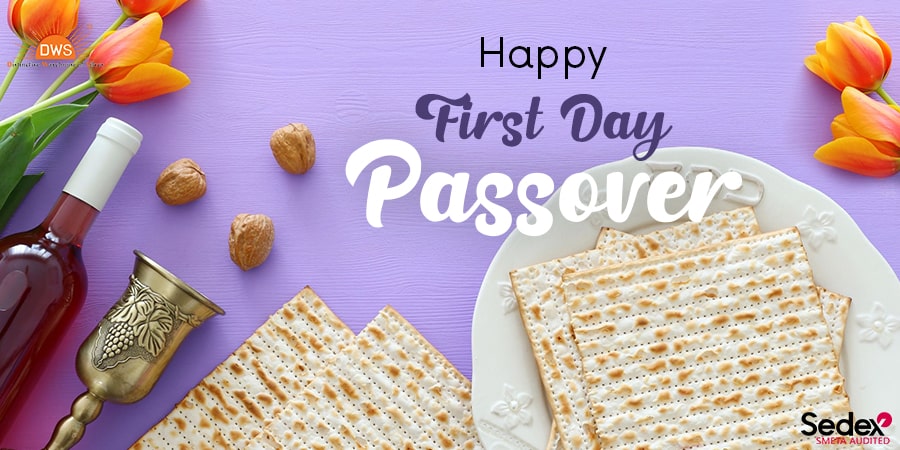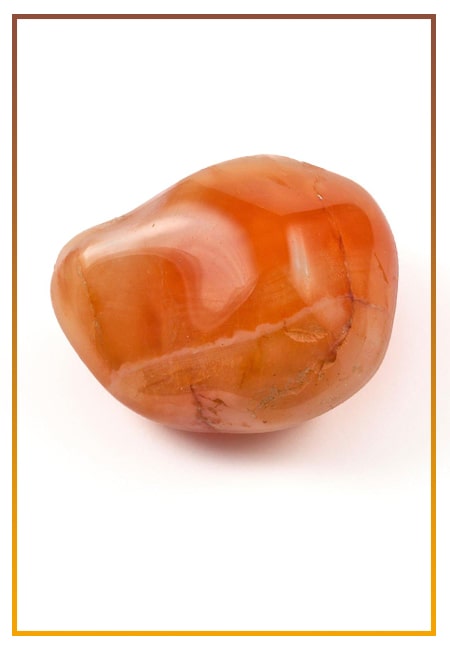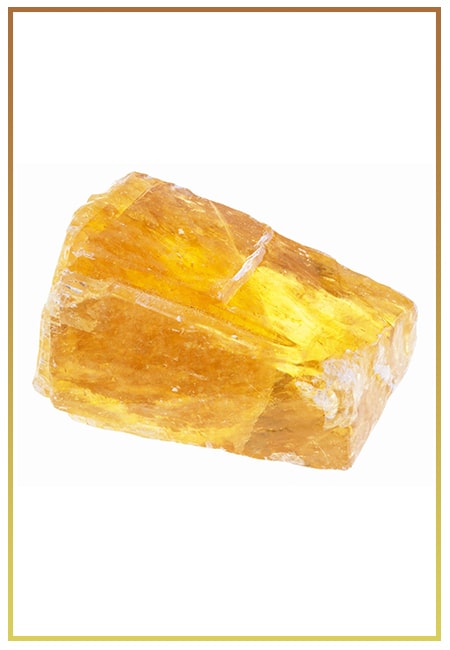- Written By Team DWS
- Festivals
- April 16, 2025
The Significance of the First Day of Passover: A Journey Through History
As the spring blooms awaken the world, Jews around the globe prepare to celebrate Passover, a festival rich in history and deep cultural significance. At the heart of this week-long event lies the first day of Passover, a moment steeped in tradition and storytelling that spans millennia. Understanding this pivotal day is essential, not only for grasping the nuances of Jewish tradition but also for appreciating the resilience and unity that characterize the Jewish people.

Historical Background
Passover, or Pesach in Hebrew, commemorates the Exodus of the Israelites from slavery in Egypt, a narrative that is central to Jewish identity. The story, recounted in the Book of Exodus, narrates how God delivered the Israelites from bondage through a series of plagues and miraculous events, culminating in their emancipation. The first day of Passover marks the beginning of this sacred festival and serves as a poignant reminder of liberation, hope, and faith.
This journey from oppression to freedom is not merely an ancient tale. It resonates in every corner of the Jewish world, symbolizing the struggle for freedom that has echoed through centuries of diasporic experiences. The historical significance of the first day of Passover reminds us that the quest for liberty continues, a theme that has been embraced by various social justice movements throughout history.
Rituals and Traditions
On the first day of Passover, families gather to observe the Seder, a ceremonial feast rich in symbolism and storytelling. The Seder plate, adorned with symbolic foods such as matzah, bitter herbs, and charoset, serves as a visual narrative of the Exodus story. Each item on the plate represents a component of the Jewish experience during slavery and freedom, teaching the younger generations about their heritage and the lessons of resilience.
The matzah, unleavened bread, symbolizes the haste with which the Israelites fled Egypt, as they had no time to allow their bread to rise. This tradition is not only a reminder of their liberation but also serves as a tactile link to history, whereby generations connect with their ancestors through the shared experience of breaking bread.
Another significant ritual that takes place on the first night of Passover is the reading of the Haggadah, a text that outlines the Seder's order and recounts the story of the Exodus. This reading connects Jews across the world, forming a chain of narrative that binds communities together, regardless of geographical or cultural differences.
Themes of Faith and Freedom
The themes of faith and freedom are paramount on the first day of Passover. The day is not only about recollecting past struggles but also about recognizing ongoing struggles for justice and liberation. The story of the Exodus invites participants to reflect on their own lives and the systems that may be holding them captive today.
Furthermore, Passover serves as a reminder of the importance of community and mutual support. In ancient times, the Israelites relied on one another for strength and safety as they sought freedom. Today, this spirit of camaraderie echoes in various forms, from communal Seders to collective efforts aimed at social justice. In contemporary society, many Jews use the themes of Passover to advocate for the marginalized, aligning the plight of their ancestors with current humanitarian issues.
A Personal Reflection
For many, the first day of Passover is a deeply personal experience. It is a time for reflection and gratitude, allowing individuals to honor their cultural heritage while also contemplating the freedoms they enjoy today. The Festival of Freedom is a moment to express gratitude not only for personal liberties but also for the opportunities and privileges that have been fought for over generations.
Moreover, the first day of Passover provides an opportunity to pass on traditions, reinforcing the bonds of family and community. Sharing stories, songs, and recipes fosters a sense of belonging and connection. Younger generations learn the importance of their heritage, ensuring that the lessons of the past are not forgotten but rather celebrated.
Conclusion
The first day of Passover is a powerful reminder of resilience and hope that transcends time and geography. As Jews gather to share meals, tell stories, and celebrate freedom, they embrace their rich history while also engaging with contemporary issues. This blending of the past and present not only highlights the significance of the first day of Passover but also fortifies the foundation of Jewish identity and continuity.
In this spirit, Passover stands as an annual call to action, inspiring individuals and communities to advocate for justice, inclusion, and freedom for all. As Jews around the world light candles, recite prayers, and share laughter, they reaffirm their commitment to the enduring legacy of freedom that echoes from the first day of Passover through to today and beyond.

First Day of Passover FAQs: Everything You Need to Know
Sure! Here are some frequently asked questions (FAQs) about the First Day of Passover:
1. What is Passover?
Passover, or Pesach in Hebrew, is a Jewish holiday that commemorates the Israelites' exodus from slavery in Egypt. It celebrates freedom, renewal, and the importance of family and tradition.
2. When does Passover begin?
Passover begins on the 15th day of the Hebrew month of Nisan, which usually falls in March or April on the Gregorian calendar. The first day of Passover lasts for seven days in Israel and eight days in the diaspora.
3. What are the main observances on the first day of Passover?
The first day of Passover is typically marked by a festive meal known as the Seder, where families gather to retell the story of the Exodus. Observers refrain from eating chametz (leavened bread) and instead eat matzah (unleavened bread).
4. What is the significance of the Seder?
The Seder is a ritual meal that includes symbolic foods, specific readings, and prayers. It’s a time for families to come together and reflect on their history, freedom, and the importance of passing traditions to future generations.
5. What are the traditional foods eaten during Passover?
Traditional foods include matzah, maror (bitter herbs), charoset (a sweet mixture of fruits and nuts), and roast lamb. Each food has symbolic meaning related to the Passover story.
6. Can I work on the first day of Passover?
Generally, Jews are forbidden from doing work on the first day of Passover. This is seen as a sacred time for rest and reflection. However, exceptions exist for work that is necessary for life or health.
7. What is chametz, and why is it forbidden during Passover?
Chametz refers to any leavened products made from five grains (wheat, barley, rye, oats, and spelt) that have risen. It is forbidden during Passover to commemorate the hastiness of the Israelites' departure from Egypt, as they did not have time to let their bread rise.
8. How do families prepare for Passover?
Families typically engage in a thorough cleaning of their homes to remove any chametz, purchase or prepare special Passover foods, and set the Seder table with symbolic items.
9. Are there specific prayers or rituals associated with the first day of Passover?
Yes, there are specific prayers, including the recitation of the Haggadah during the Seder, which includes storytelling, blessings, and songs. Many also participate in communal prayers in the synagogue.
10. What do children do during the first day of Passover?
Children often have special roles in the Seder, such as asking the Four Questions. Many families also include activities and games to engage children in the Passover story and its themes.
11. What is the meaning of the phrase "Next Year in Jerusalem"?
This phrase is traditionally recited at the conclusion of the Passover Seder. It expresses a yearning for spiritual redemption and a hope to celebrate Passover in Jerusalem in the future.
12. Can non-Jews participate in a Passover Seder?
Yes, non-Jewish friends and family members are often welcome to participate in a Seder. It’s a great opportunity for them to learn about Jewish traditions and the significance of Passover.
If you have any other specific questions about the First Day of Passover or related topics, feel free to ask!
Popular on Blogs

Black Tourmaline: Meaning, Healing Properties, Fascinating Facts, Powerful Attributes, Versatile Uses, and Beyond
September 05, 2023 / BY Team DWS
Black Tourmaline, also known as Schorl, is a highly revered crystal with incredible metaphysical properties. It derives its name from the Dutch word "turamali," meaning "stone with ..

Carnelian Stone: Meaning, Healing Properties, Power, Facts, Color, Uses and More
December 26, 2023 / BY Team DWS
Carnelian is a vibrant and captivating gemstone that holds a plethora of meanings, healing properties, and powers. Its warm and fiery energy makes it a popular choice among crystal ..

Citrine: Exploring its Meaning, Healing Properties, Fascinating Facts, Powers, Versatile Uses, and Much More
November 18, 2023 / BY Team DWS
Citrine, with its warm golden hues, has captured the attention and imagination of people for centuries. This beautiful gemstone, commonly associated with wealth and prosperity, hol ..

Black Onyx: Unveiling the Meaning, Healing Properties, Fascinating Facts, Powerful Attributes, Versatile Uses, and Beyond
July 25, 2023 / BY Team DWS
Black Onyx, a striking gemstone admired for its deep black hue and elegant appearance, has captivated people for centuries. In this comprehensive guide, we will delve into the mean ..

Unveiling the Mysteries of Turquoise Stone: Exploring its Meaning, Healing Properties, Power, Facts, Color, Uses, and More
December 05, 2023 / BY Team DWS
Turquoise, with its captivating blue-green hue, has been adorning jewelry and artifacts for centuries. This striking stone has a rich history, rich symbolism, and a plethora of int ..

The History Behind The Popularity of Red Agate
December 23, 2022 / BY Team DWS
An Agate is a type of magma rock that takes many years till it is washed out naturally into the water. And that is the reason this stone has elements of water. This beautiful stone ..

Plan a Perfect Valentine's Week with Our Valentine Week List 2025
January 22, 2024 / BY Team DWS
Valentine's Day is undoubtedly the most romantic day of the year, but we believe that one day is just not enough to express your love and make your partner feel special. That's why ..

Bloodstone: Unveiling the Meaning, Healing Properties, Facts, Powers, Uses, and More
August 21, 2023 / BY Team DWS
Bloodstone, with its captivating deep green color with specks of red, is a mesmerizing gemstone that has fascinated civilizations for centuries. It possesses unique healing propert ..


